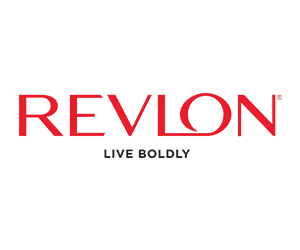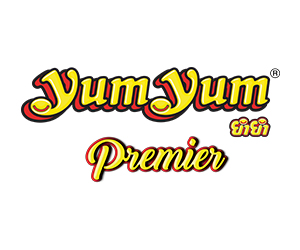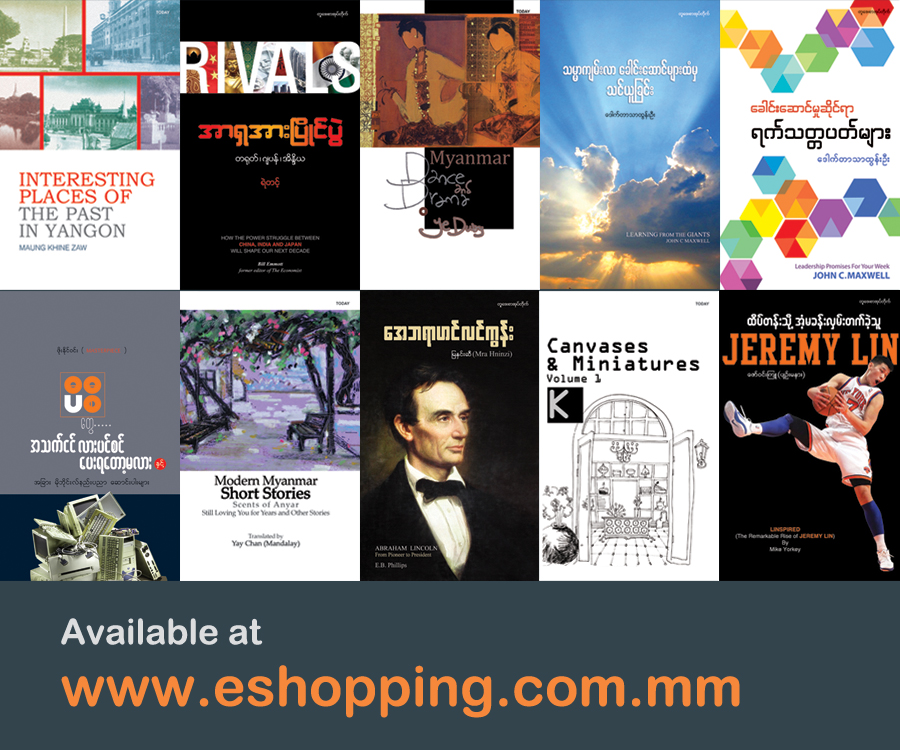Interview With ‘Panchi’ Myint Naing in midstream of Watercolours

Painter (Ko) Myint Naing, simple-living and talented, has won connoisseurs’ notice since 1990. His works are never faraway, strutting their stuff in exhibition halls, grand houses and on Facebook Page. He has recently been interviews by TODAY to know of his life experiences and thoughts as follows.
Why earn your living as a painter and how you get to attend School of fire Arts?
It was not a special choice, but like, I am in the stream for my bent to swim. Adoring other’s works, I wanted to be like them.
I was single-minded to draw and draw, what with the great artworks of veteran painters contained in magazines, comic books, and finally got to join them. Arriving in Yangon, I went for training at U Thu Kha. On his advice I went to State School of Fine Arts formerly called Pantya [Music] School, and finished the course in ‘89.
Your experience just after the years at that school …
I was undecided to take up what for my livelihood magazine illustration, comics, posters or book covers. I went for more training at successful artists, then tried to become and get a position as magazine illustrator showing samples of my art to Saya Sein Khin Maung Yee, Mahaythi U Khin Maung Myint, Sitpyan, Sabae-U, etc. Afterwards I got to comics line after encountering Ko Sein Yaing, Ko Min Win.
How Long had you been working in comics?
I was stranded there for about 15 years, doing pencilling only. On the other hand I was painting, which I believed should not be polluted. Another thing – half of my earnings from drawing comics was left aside for painting, which unlike today was not easy to live on. That’s why I spent long years doing comics.
Your second best love after painting?
I have no second career, painter only is what I want to be. At my town there were some very rich people but I felt like adoring and respecting the local poet. I got to focus on books and literature thanks to my relations with a writer from among my kinsfolk. It occurs to me these factors contributed to my single mindedness in pursuing the life of a Painter.
Your role models?
There were many Instructors at School of Fine Arts, and outsiders especially watercolourists. I was imitating this and that artist of my fancy. The first teachers are Ko Myat Han and Ko Maung Toe.
Difficulties on first turning a painter ?
Water color needs a set standard of working materials not to have any problem. You need to paint constantly and your perseverance will prove a success. In our times good paper and brushes were hard to come by. With-out good paper it is no joy painting. Time was just after the end of disturbances, and books on art and professional materials were rare.
What an artist needs to be perfecting himself with?
Faith and diligence, while being mindful about money’s deception and trickery. Even if one’s vigilance failed his conviction should stand and be brought to realization consistently.
Any advice on one’s own style . . .
Painters of yesteryear were possessed of individual style, but it was lost since 4-5 years prior to ‘88 Disturbances for about two decades. They tended to imitate only. After that in contemporary times the individual style has reappeared. Yet some styles are found to be forced, or imitative. A lot of painting work will give rise to individual style because the perpetrator already has some inborn style.
Your most-used subject and your work on it please
I am doing Yangon Series at present, since about’96 to be exact. Yangon has many interesting sites. In the past Kyauk Myaung Ward had ancient traditional houses, some decorated with daunglan, hngetnah and also porticoed. When I saw an ancient 100-post monastery it became my subject for its arousing in me a consciousness of Myanmar culture. I felt like colounial-era buildings in Yangon are our own culture also and got to paint them.
Could we say the art market depends only on foreign visitors? Any improvement in local buying?
Local buying has improved indeed. Myanmar have come to know it is worthwhile to hang paintings in-house. A friend of mine who owns a wooden house with paintings hang-ing inside said, “I feel almost conceded sitting down for dinner with paintings hanging nearby.” Many of my paintings have been bought by locals.
How are your paintings done in the past different than your current ares, like in workmanship, interpretation?
In workmanship, water colour has never been easy. But I should admit I have been smarter of late than before. Water colour’s nature is: with one-week suspension of practice one’s workmanship would go inert. In interpretation I follow others’ good works in imitation. Now I stand on my own in regard of interpretation.
To What extent do you go for reading literature or environmental observation?
For a painter living in the world of fine arts it is essential to do wide reading, to broaden views and take up new commitments. Myanma cultural images I just discussed or have painted comes from reading. Environmental observation is not to be exclusively made, and happens while moving about in day-to-day life. Out of it paint-ings are created when the mood feels like it.
With social networks (for example Face-book) becoming widespread and your-self participating, how does it affect the artist’s life?
We artists tend to like new things, so I got hooked in Facebook. By present circumstances exhibition does not happen in showrooms only, uploading my creations onto Facebook is sort of an exhibition. Then some customers would appear and contact me to make a purchase. Another thing: it is relaxing also.
Would you like your offspring to inherit your career?
I just love the act of painting and want to share it with others, my children included. But an art is not to be forced upon. The younger son is being trained to become Graphic Designer for his wish. But he has been told that technological skill is not enough, art also is necessary.
Translated by Khin Aung (English)
./wp-content/uploads/2018/10/Emirate-Online-TDY.png)






















There are no comments at the moment, do you want to add one?
Write a comment